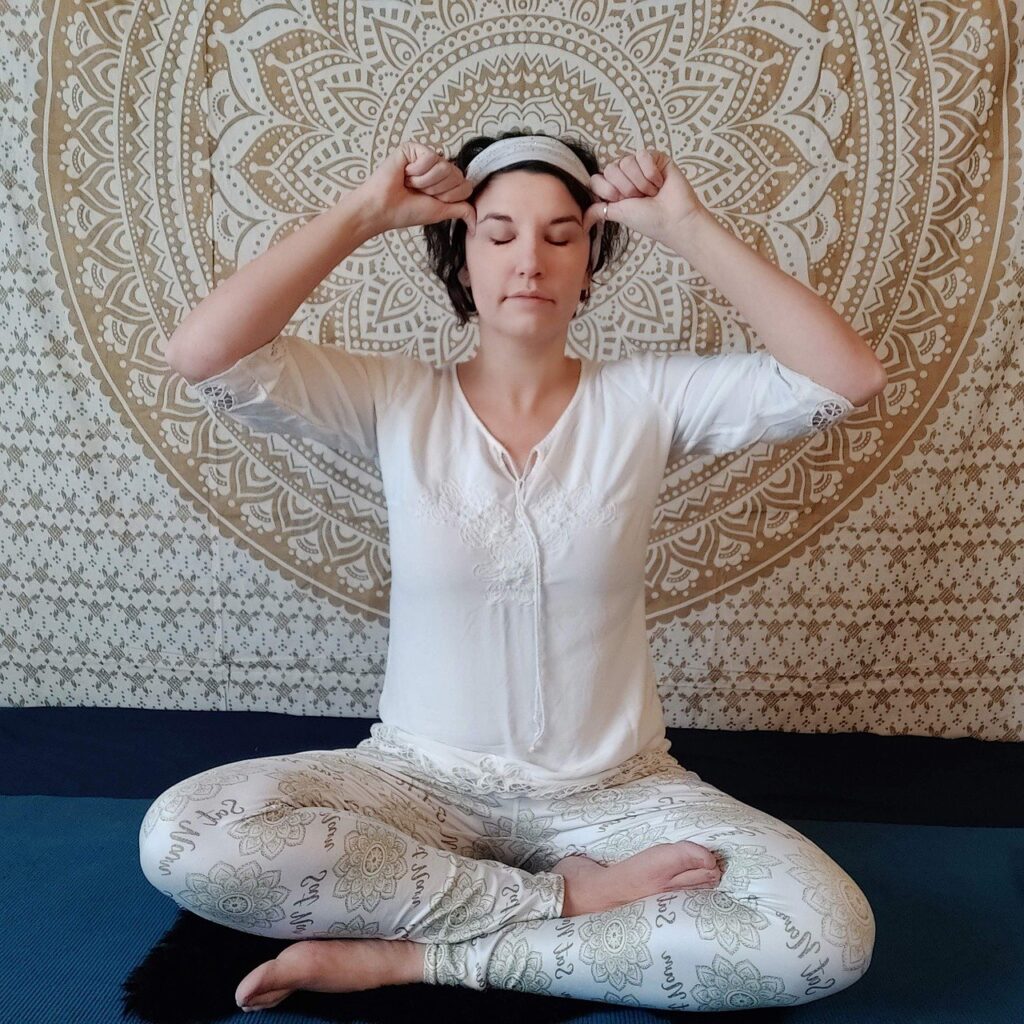Kundalini, in its essence and practice, is called the ‘mother’ yoga. It incorporates the physical aspects of yoga, along with the mind and spirit, into an integrated system, or one whole, through which one can gain a better understanding of the mind-body connect.
The word ‘Kundalini’ refers to awareness and manifestation of the entire hidden potential of our awareness. In the yogic tradition, Kundalini energy is portrayed as a coiled serpent, lying dormant at the base of the spine.
Kundalini is derived from the root word, kundal, in Sanskrit, which means ‘the lock of the hair from the beloved.’ The uncoiling of this ‘hair’ is the stirring of the Kundalini, the limitless potential that already exists in every human being.
The simplest way to understand Kundalini is to acknowledge the existence of the universal spirit, often referred to as god. When god uncoils us, the uncoiling process is known as Kundalini.
What is uncoiling and awakening is you — no more, no less. It is something that we all have and possess, but the only thing is most of us are simply are not utilising its limitless energy. This is what yoga is all about — the science of the self, with Kundalini being the awakening of the self. It is simple; also profound.
To raise the Kundalini, as is expressed in yoga parlance, means awakening and enlivening this creative energy.
Kundalini yoga improves our concentration and focusing powers. This, in turn, improves our ability to function at our best.
Kundalini yoga is an effective way to strengthen and stretch the muscles. It is evidenced that increased flexibility gained through Kundalini yoga helps one to prevent injury and avoid pain.
Most important: Kundalini helps one to feel refreshed and attentive after each session. This, in effect, mirrors a stronger and more balanced immune and nervous system. It also —
- Links movement with rhythmic breathing
- Has a meditative quality of listening to the mind and body and releasing emotions
- It draws inspiration with poise and élan
- It incorporates chanting and singing, which is yogic ‘machinery’
- It is directly focused on moving the energy through the chakras [energy centres]
- It covers the eight limbs and all seven branches of yoga
- It includes pranayama [breathing] techniques and uses the bandhas [body locks].
- Besides yoga and meditation, Kundalini yoga integrates the sublime teachings for all aspects of life — including vegetarian diet, helping others, not to speak of conscious and spiritual parenting, partnering and relationship.
Put in summary, Kundalini yoga works on the premise that the body has eight chakras, and through the use of ‘breath of fire’ [rapid breathing], one can ‘heat up’ the body from the bottom up — ultimately ‘raising the Kundalini’ to achieving a feeling of high enlightenment.
Caution: Kundalini yoga is best learned from an experienced yoga teacher. It may have certain hazards, or dangers, for enthusiasts, not trained in the practice, or wish to go headlong into it, without proper guidance.
The First Step: Meditation Made Simple
It does not matter whether you are new to meditation, or a veteran. Here’s a simple technique that is worth its weight in gold — one that money can’t buy.
We all know that we are composed of both internal and external elements. More than spending time with our internal resources, most of us tend to use all our energies and time with the external. Meditation is a form of being that helps you direct your attention to the internal — to what you are, as you are.
Before you begin, squat in a quiet place, or sit on a comfortable, erect chair. Place your palms on your knees. Focus or devote the attention of your mind, body, and heart to slow down, or ‘rest,’ within stillness, or calm. In other words, you need to submit yourself to awareness, wakefulness, and mindfulness.
Switch off your telephone, cell phone etc., and also avoid getting side-tracked by bodily sensations that arise from physical discomfort. Try by all means to make yourself comfortable — little adjustments will do.
Now — try to relax. Take a minute or two to do so — no problem. Slowly, close your eyes and mouth, and breathe through your nose normally, but not heavily. Take a few deep breaths, if you feel you are not able to relax.
As you breathe, try to focus your attention inwards — not to external stimuli. Attain a measure of stillness, gradually.
Focus on your breathing, and try to become totally aware of your breathing. As you establish a rhythm, begin to breathe into your abdomen, not chest. Don’t be rigid if you cannot attain complete relaxation — it will happen gradually.
- Experience your breathing
- Inhale and exhale. Slowly
- Focus away from thoughts about the past, or the future
- Absorb yourself in the feelings of your breathing
- Just be what you are with your breath.
If your thoughts stray, bring your attention back to the feeling of your breathing, gently. Get into present-moment reality — this is what that matters most.
Meditate once a day for about 20-30 minutes; and, may be, twice a day, if time permits, especially when you are totally at ease with the practice.

